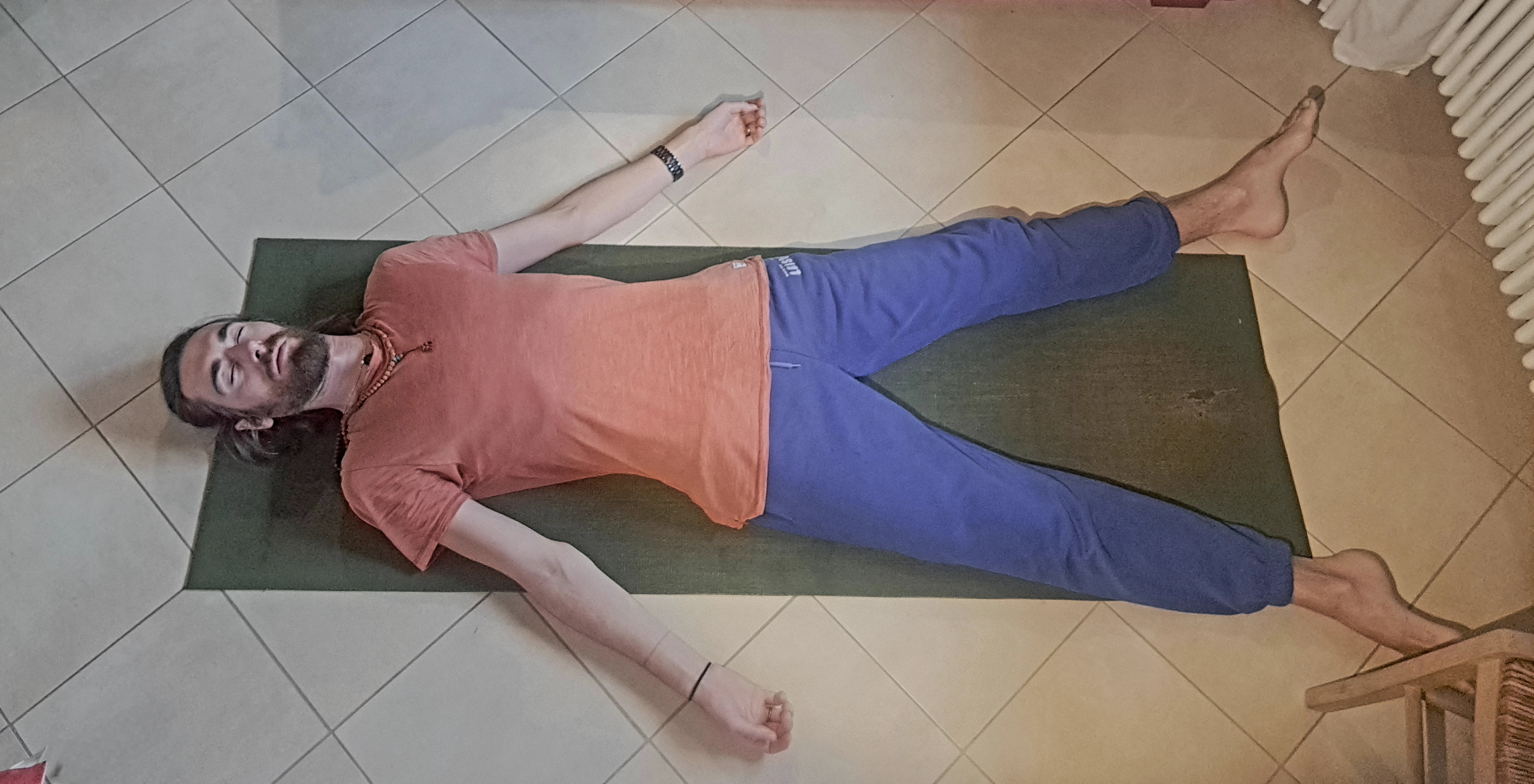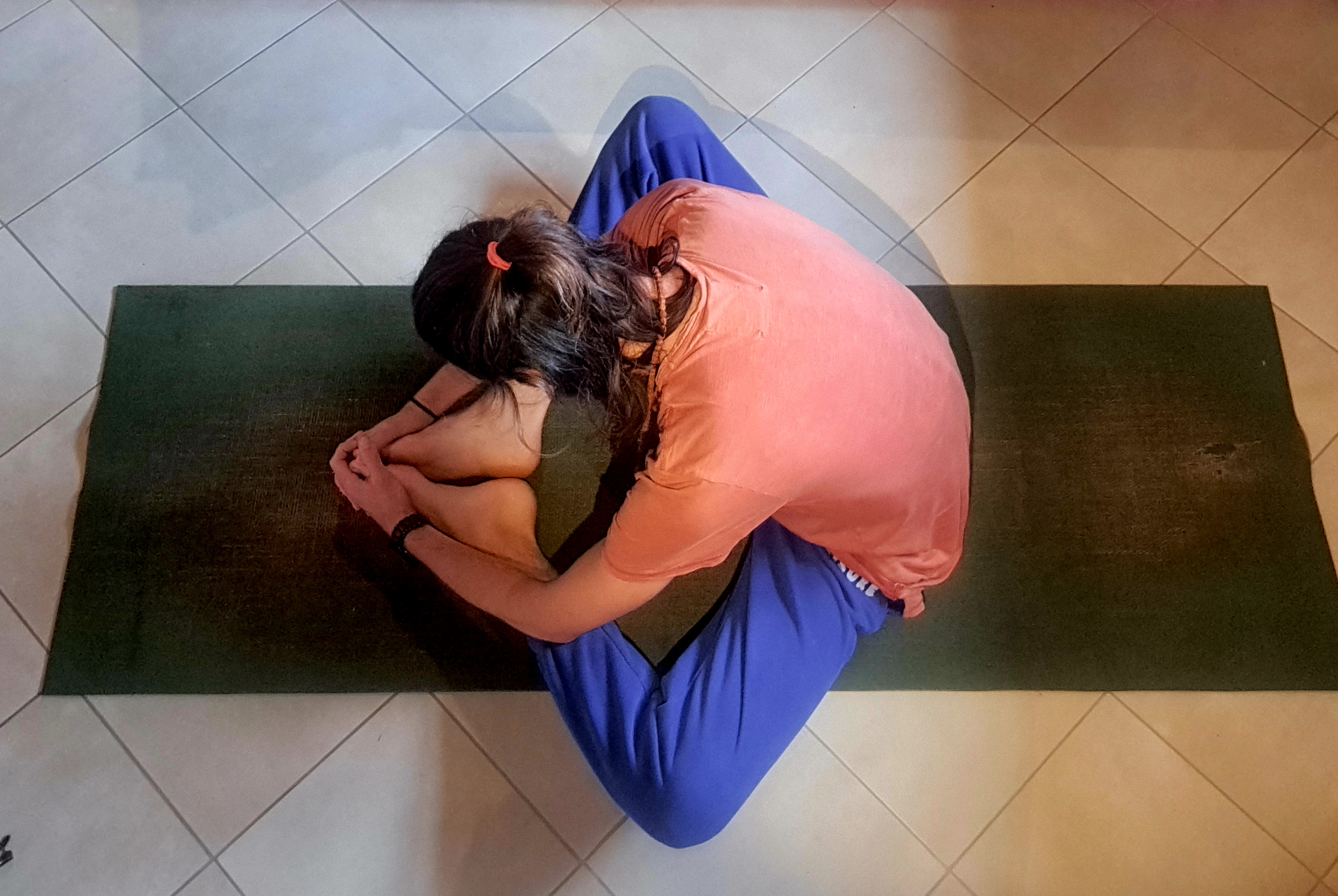Studios are full of a wide variety of classes. You may have come across power yoga, hatha yoga, ashtanga yoga and the rest. For someone who is new to yoga, this can appear to be daunting. Questions arise such as which yoga is for me? What are the differences between each discipline and how can this help me achieve what I think I need? We will no doubt touch on some of these subject in future articles. For now we will draw our attention to yin yoga, the benefits of the practice and who can practice (everyone!).
Intro to Yin
Yin yoga like all other types of yoga has one main focus, to still the body and quiet the mind. It is a slow practice where you hold asanas (postures) for an extended duration. Sometimes you hold the asana for up to 10 minutes. The duration will depend on the asana on your capacity to remain in the asana comfortably.
Yin is a practice as much for the mind as for the body. By holding the asanas for several minutes the mind begins to find stillness and acceptance.
Yin yoga focuses on the subtler more intrinsic muscle and the facia of the body. It stretches and tones these areas, allowing the bigger muscles to remain relaxed. By holding the asana we go deeper into the connective tissues, ligaments and joints. We apply a gentle stress to these area, making them stronger and more flexible. With this is mind, there should never been any pain during the practice of yoga.
Holding the asana
As we mentioned above, Yin is the opposite to Yang. An aim of yin yoga is to relax into the asana, allowing gravity to do the work. By realxing we can bypass the bigger muscle of the body. Even though we are seeking comfort, steadiness and ease in the asana (Yoga Sutra 2.46 of Patanjali), we are applying a small amount of pressure to certain areas in order to tone and strengthen them. In order to hold an asana, we must be comfortable and able to relax. There are certain asanas for a yin practice and a headstand isn’t one of them for obvious reasons.
We do not want to cause any damage to the body, so we only hold for as long as is comfortable. This can be 30 seconds to 10 minutes, depending on the asana. With this said, lets take a look at some posture, their benefits and the recommended time to hold them.
Savasana (Corpse Pose)

Savasana is one of the most commonly used asanas in the yogic system. It is a asana used to relax the whole body, rest in balance (as you are lead down you needn’t worry about balance) and free the mind. All you need to do is lay on your back with the legs mat width apart and arms beside the the body with the palms face upwards. In this asana and other asanas, it is good to close the eyes so that you can bring you awareness into the body and begin to notice areas that are relaxed and areas that can be relaxed further. This pose can be done for an unlimited amount of time. That said, anywhere between 5-15 minutes should be enough to fully relax the body.
Bananasana (Banana Pose)

When stretching the body, it is important to work on all sides. This is why Bananasana is included in this set of asanas. Remain led on your back, take your arms overhead, take hold of the right wrist with the left hand and gentle pull the right arm towards to left creating a curve with the upper body. Then take your legs to the left also, leaving the hips where they are. If you’ve done this correctly, your body should resemble that of a banana. Hold for up to 2-minutes, then repeat on the other side.
Butterfly Pose

Butterfly pose is a wonderful pose to release the muscles of the lower back and open the hips. For those of us who spend a lot of time on our feet or sat in chairs, this is a pose to release tension. It is performed by sitting on the ground, placing the soles of the feet together and allowing the knees to open out to the sides creating a diamond shape with the legs. To further stretch the back and hips, we can begin to lean forward and perhaps eventually rest the head on a block or on the feet! This pose can be held for up to 5 minutes. Again, we want to only go to around 30-50% of our full capacity and not beyond. We are looking for a gentle stretch, not as deep as we can go.

Caterpillar (seated forward fold)
The caterpillar is another great pose for releasing the back muscles and also stretches the hamstrings. This asana is particularly a good yoga pose for runners. It is done by sitting on the floor, extending the legs in front of us and folding the body over the legs. To aid the forward fold, place a cushion or block under the sitting bones to help release the back muscles. This asana can be held for up to 5 minutes.
Sphinx Pose

We should include a back bend in this sequence of asanas, and this asana is great for releasing the back, opening the chest and correcting rounded or hunched shoulders. It also opens the chest as well. For this asana we lie on our bellies with the legs straight out behind us. We then bring our elbows under the shoulders, hands straight out in front and look forward. Make sure you’re not collapsing in the shoulders, but pushing into the shoulders to open the chest. There’s also an option to bow the head forward to create a stretch for the neck and upper back/shoulder region. Try it out and make sure to listen to your body, so that you don’t go beyond your capacity. Hold for up to 3-minutes.
Reclined Spinal Twist

Is there a better pose to help detoxify the internal organs and release the spine? I’m a big fan of the reclined spinal twist. It helps release tension in the lower back and applies light pressure to the internal organs such as the liver and kidneys. This pressure release toxins that have accumulated in these areas. This asana is done led on our backs, arms out to the side inline with the shoulders and legs straight. Bend the right knee, place the right foot on top of the left knee, take hold of the knee with the left hand as guide the right knee across the body until you feel the twist in the belly/lower back region. Our shoulders should remain grounded for this asana. Hold this asana for a few minutes before switching sides.
Want more?
The above asanas should be enough for you to establish a short 30-minute yin yoga practice. Of course there are more asanas out there to work on certain areas and deeper explanations on the benefits of yin yoga. This article is to give those who are new to the practice a few basic postures to try and explore with. Like anything new, you might need to give it a few goes before you find your centre or calm. “Practice becomes firmly grounded when well attended to for a long time, without break, and in all earnestness” Yoga Sutras of Patanjali. Practice with care and regularly to reap the benefits of yoga. You will see results, thought it is best not to expect them. Simply practice each day and the results will come.
Recommendations
I thought I would include a few teachers/videos that I have used personally to develop my practice and understanding of yin, in hopes to help others who are unable to make time to attend a regular class. I teach a regular yin class at Kabbala in Clevedon on Tuesday evenings 7:30-8:30 pm. You can find out more here.
Thanks for reading.
Om Nama Shivaya, Namaste.